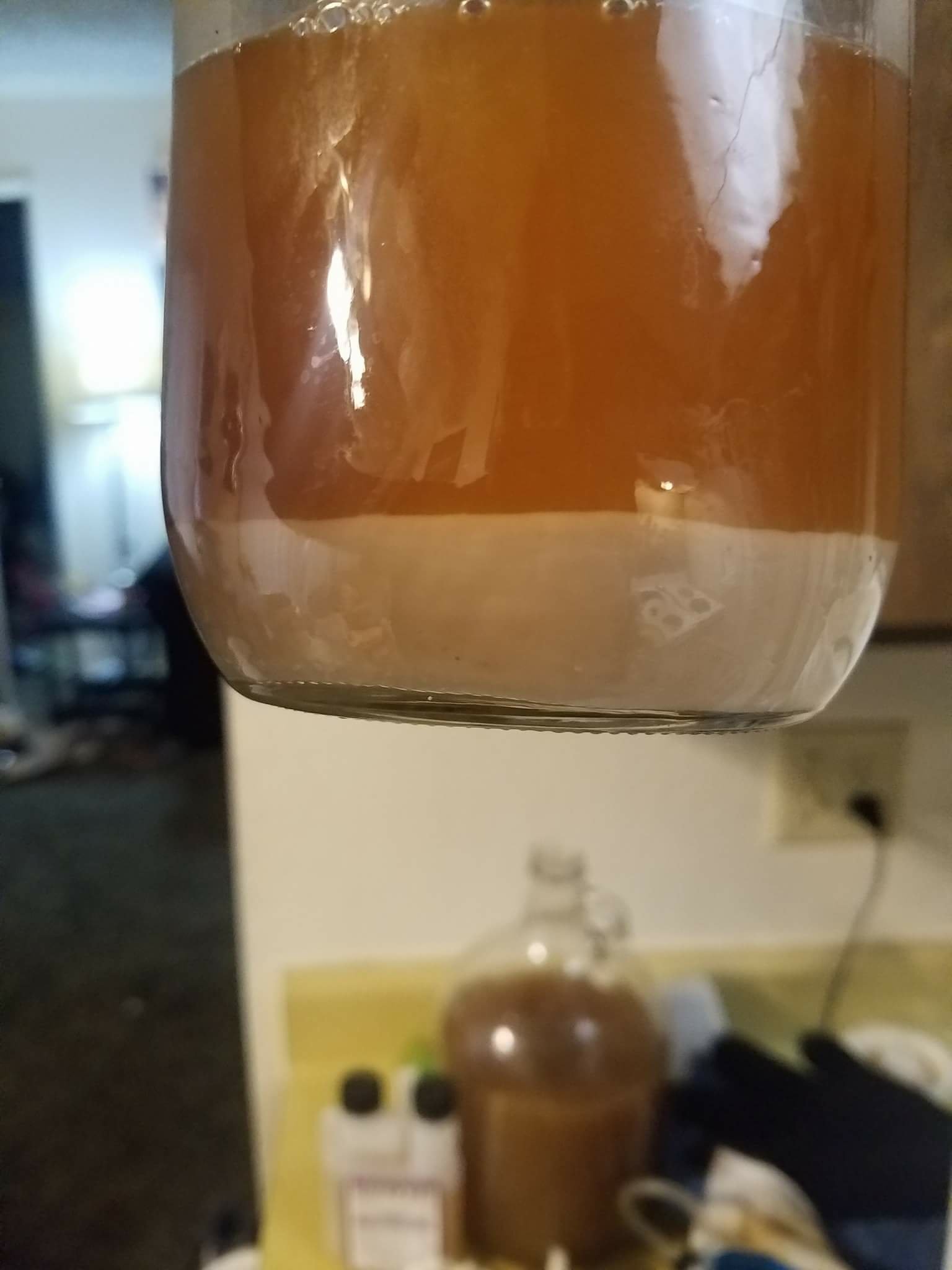There is some literature that suggests it's detrimental to do starters for dry yeast. The reason: manufactures insure that the dry yeast has adequate nutrients and glycogen reserves, the starter just depletes these. Proper rehydration is the way to go and just increase the number of packages to get your pitch count. An 11g packet of dry yeast contains about 220 billion cells which is good for 5 gallons of 10P wort (1.040) so 2 packets is good up to 20P and 2 packets of dry yeast is pretty cheap.
This is one way to look at it (certainly an economical and practical one); however, I look it a different way:
Firstly, if you have some old packs sitting around, a starter might not be such a bad idea, since over-pitching is for most beer styles not a big concern.
Secondly, initial cell count seems to vary significantly from dry yeast to dry yeast; i.e. 8-18 billion/g vs the 20 billion/g so often cited.
So in the end, who knows how many cells you really get per pack.
That is also true with a starter, but to a lesser extent:
For example, if you do a 2l starter from 10 b/g pack you get around 400 billion, if you do it with a 20b/g pack you get 500 billion.
So say you would need 400 billion for a certain batch; with the starter in that example you will get there either way. Sure you do so as well with 2 packs of the 20b/g yeast, but NOT with 2 packs of the 10b/g yeast.
The question remains, how much do you trust that you actually get 220 billion cells out of a pack.




